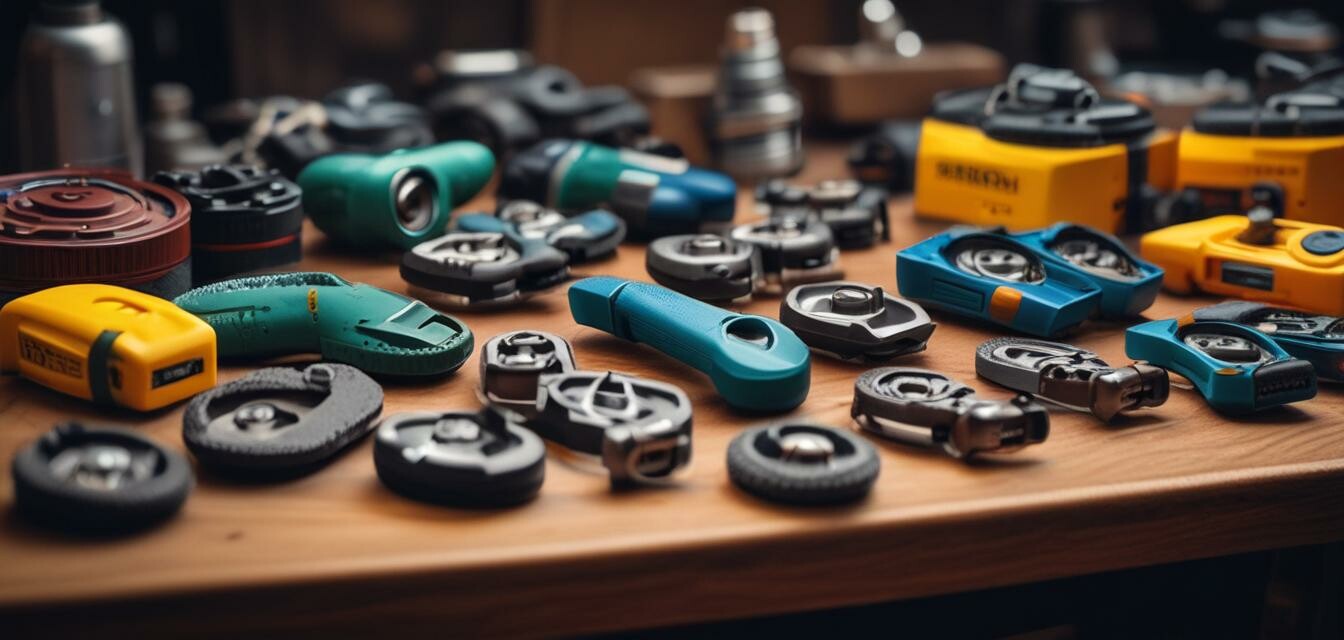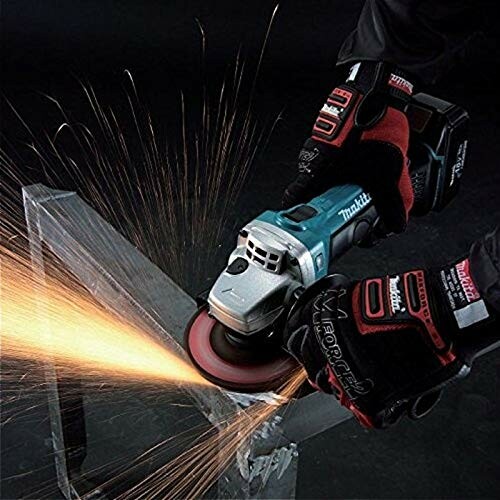
Tips for Safe Operation of Angle Grinders
Key Takeaways
- Always wear appropriate safety gear such as goggles and gloves.
- Familiarize yourself with the tool before beginning any job.
- Inspect the grinder and the attachment before use.
- Ensure the work area is clean and free of distractions.
- Follow the manufacturer's instructions and recommendations.
Operating an angle grinder is an essential skill for many professionals and DIY enthusiasts alike. However, with this powerful tool comes responsibility and the need for safety precautions. This guide covers important safety tips and best practices for ensuring safe operation while maximizing the grinder's effectiveness.
Understanding Angle Grinders
Angle grinders are versatile tools that can cut, grind, and polish various materials, making them integral in construction and crafting. Here are some important details:
| Component | Description |
|---|---|
| Disc | The rotating part that does the cutting or grinding. |
| Guard | Protects the user from sparks and debris. |
| Handle | Provides grip and control during operation. |
Essential Safety Tips
1. Wear Protective Gear
The first step in angle grinder safety is to wear the right personal protective equipment (PPE). This includes:
- Safety goggles or face shield to protect your eyes.
- Heavy-duty gloves to protect your hands.
- Ear protection, as the grinder can be loud.
- Dust mask or respirator to avoid inhaling dust particles.
- Steel-toed boots for foot protection.
2. Read the Manual
Before using any angle grinder, read the user manual carefully to understand the correct operation and maintenance procedures. This includes:
- Understanding the specific parts of the tool.
- Following the manufacturer's specifications for the type of disc to use.
- Learning how to change discs safely and correctly.
3. Check the Tool Before Use
Before operating an angle grinder, perform a thorough inspection. Look for:
- Cracks or damage on the disc.
- Functionality of the spindle lock and safety switches.
- Secure guard installation.
4. Prepare Your Workspace
A clean workspace helps maintain focus and prevents accidents. Ensure:
- The area is free from trip hazards.
- All unnecessary materials are cleared out.
- Good lighting is available to see your work clearly.
Choosing the Right Angle Grinder
When selecting an angle grinder, consider the job at hand. Here are two top-rated options:
Makita DGA504Z 18V Li-ion LXT Brushless Angle Grinder
Ideal for heavy-duty grinding applications with advanced safety features and battery-powered convenience.
Learn MoreBosch Professional 18V System GWS 18V-7 Cordless Angle Grinder
Combines excellent performance and comfort with its lightweight and ergonomic design, perfect for ongoing projects.
Learn More5. Proper Handling Techniques
When you start using the grinder, follow these handling tips to ensure safety:
- Always maintain a firm grip on the tool.
- Position the grinder correctly to avoid kickback.
- Keep the grinder’s guard in place and adjust it as necessary for protection.
- Use two hands when possible for maximum control.
Maintenance and Storage
Regular maintenance is crucial to extending the life of your angle grinder:
- Keep the tool clean and free from debris.
- Inspect and replace worn-out discs promptly.
- Store in a dry place away from direct sunlight.
- Regularly check safety features for functioning.
Conclusion
By following these safety tips and best practices, you can ensure safe operation of your angle grinder, enhancing both your efficiency and productivity. Always remember to invest in a good angle grinder that suits your needs as outlined above for the best experience. For more tips on using portable power tools, visit our How-To Guides section.
Tips for Beginners
- Start with smaller projects to build confidence.
- Practice on scrap materials to get used to the tool.
- Don't rush; take your time to achieve better results.


